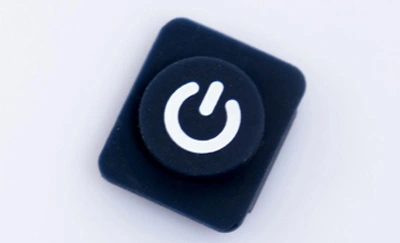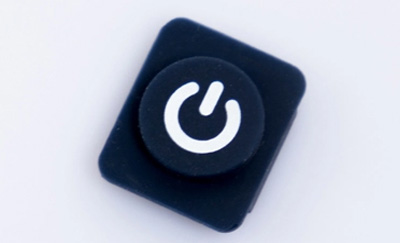
In the world of electronics and user interface design, simplicity and efficiency often go hand in hand. The single button membrane switch is a prime example of this synergy, offering a compact and versatile solution for various applications. In this article, we will explore the concept of single button membrane switches, their construction, benefits, and applications across different industries.

Single button membrane switches, also known as membrane keypads, are a type of user interface that consists of a single, flat button that is typically made of a flexible membrane material. These switches are designed to be compact, durable, and easy to operate.
A typical single button membrane switch consists of several layers:
Graphic Overlay: This is the top layer that users interact with. It can be customized with graphics, labels, or icons.
Membrane Layer: Beneath the graphic overlay is the membrane layer, which contains conductive traces. When the button is pressed, it makes contact with these traces.
Spacer Layer: The spacer layer provides separation between the membrane layer and the circuit layer.
Circuit Layer: This layer contains the circuitry, including the conductive traces and contact pads.
Backer Layer: The backer layer provides structural support for the entire assembly.
When pressure is applied to the graphic overlay, it flexes and makes contact with the conductive traces on the membrane layer, completing the circuit and registering a button press.
1. Compact Design: These switches are incredibly thin and take up minimal space, making them ideal for applications with limited real estate.
2. Durability: Membrane switches are resistant to dust, moisture, and most chemicals, ensuring long-term reliability.
3. Customization: Graphic overlays can be tailored to include various designs, colors, and branding elements.
4. Tactile Feedback: Some membrane switches can provide tactile feedback to users, enhancing the user experience.
1. Medical Devices
Single button membrane switches are widely used in medical devices such as portable monitors and diagnostic equipment due to their durability and ease of cleaning.
2. Consumer Electronics
In consumer electronics, these switches find their place in remote controls, fitness trackers, and smart home devices.
3. Industrial Control Panels
Industrial settings benefit from the resilience of membrane switches, which are used in control panels for machinery and automation.
4. Automotive Interfaces
Membrane switches are incorporated into car interiors for functions like window controls and dashboard buttons.
In summary, single button membrane switches are a versatile and reliable solution for a wide range of industries and applications. Their compact design, durability, and customization options make them a popular choice for manufacturers aiming to create user-friendly interfaces. Whether in medical devices, consumer electronics, industrial control panels, or automotive interfaces, these switches continue to play a crucial role in enhancing user experiences.
Are membrane switches easy to clean?
Yes, membrane switches are easy to clean as they are resistant to moisture and chemicals. A simple wipe with a damp cloth is usually sufficient.
Can membrane switches be backlit for use in low-light conditions?
Yes, membrane switches can be designed with backlighting options, making them suitable for use in low-light or dark environments.
Are membrane switches cost-effective for mass production?
Yes, membrane switches are cost-effective for mass production due to their simple construction and materials used.
How long do membrane switches typically last?
Membrane switches can last for millions of actuations, making them highly durable and long-lasting.
Can membrane switches be customized with specific designs or branding?
Yes, membrane switches can be customized with specific graphics, designs, and branding elements to meet the manufacturer's requirements and aesthetics.